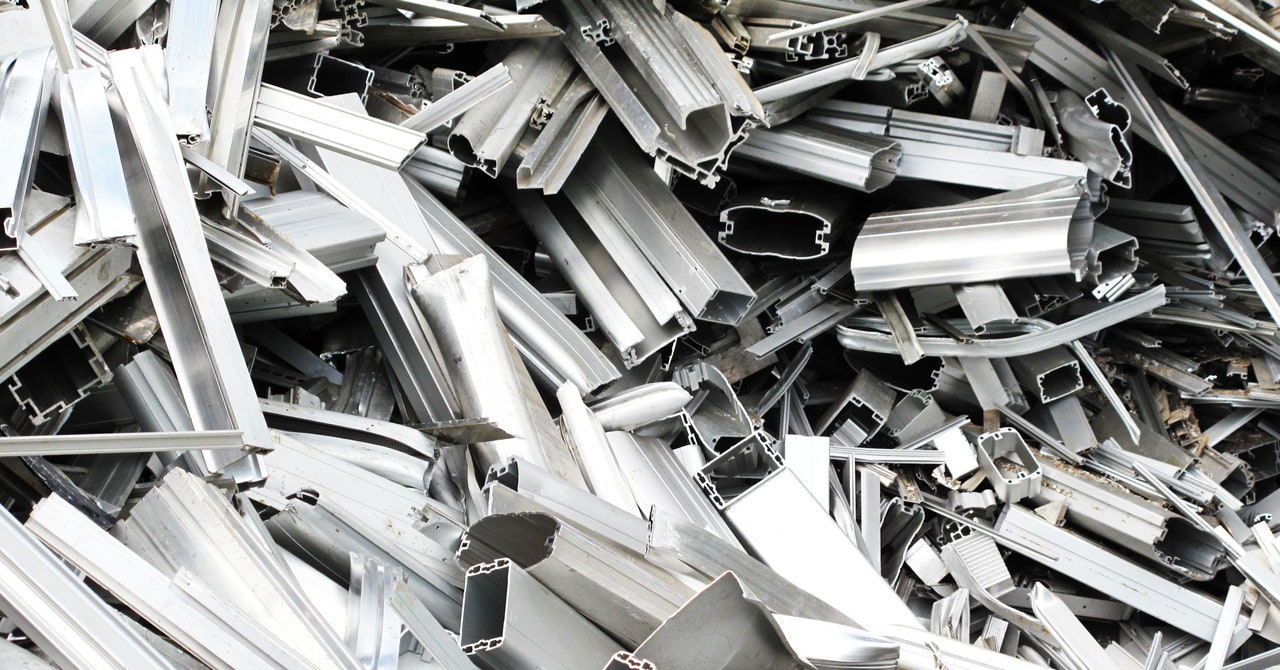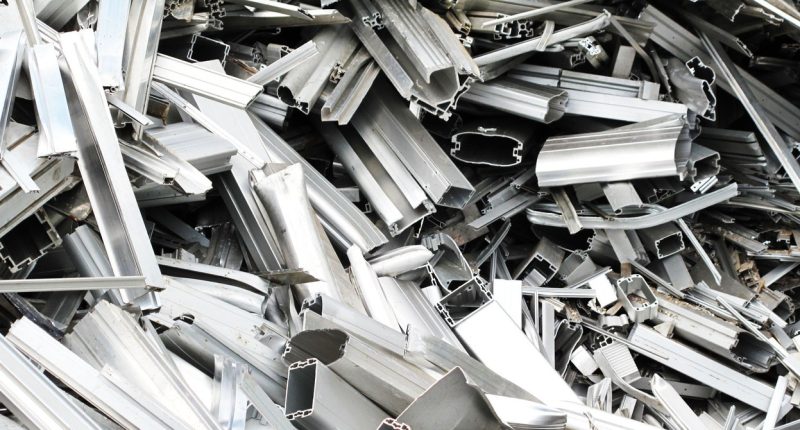.jpg)

Some people will go to extraordinary lengths to harvest metal. For his 2017 book on the subject, Metal Scrappers and Thieves: Scavenging for Survival and Profit, Stickle interviewed one man who used to hunt down abandoned buildings on Google, then find pictures or videos from urban explorers who had visited these locations for kicks, just to see if he could spot any copper in their footage. If he did, he’d drive over and start plundering. “He might spend a week stealing the metal out of it,” says Stickle.
With the electrification of vehicles, heating systems, and other infrastructure, Stickle says, thieves are only going to have more and more targets to choose from in the future. Last year, a resident of Los Angeles said they captured footage of a masked individual removing a copper-rich EV charging cable from their driveway.
Law enforcers are increasingly concerned about the scale of metal thefts. In the UK in January, members of Parliament published a report on rising levels of metal theft over the past five years. Official figures indicate that cases of metal theft in England and Wales have increased by more than 60 percent, from around 17,500 in 2020 to 28,500 in 2023. Organized crime is driving the trend, the MPs’ report concluded.
“There is work being done, I just think that, for us, one of the biggest issues is the lack of enforcement of the Scrap Metal Dealers Act,” says Antonia Grey of the British Metals Recycling Association.
That 2013 act came into force following an earlier spike in thefts, which was also associated with high metal prices at the time. It requires metal dealers to obtain a license and ensure that they verify the identity of scrap metal sellers, among other measures. The act coincided with a police intervention to enforce it called Operation Tornado, which has since been credited with cutting metal theft in the UK by 48 percent. A key objective of the operation was to ensure that metal dealers had the required photographic identification to trade legally.
“It was an overnight success,” says Robin Edwards, a former police officer who led the operation and who now runs Onis Consulting, which advises the police on metal theft. But, he says, “enforcement dropped off in 2014 as a result of metal crime falling.” Now the problem is back. He says today’s officers require more training to ensure that they know what to look for at scrap metal yards. For instance: Is there a lack of accurate documentation for the metal there? Is the metal on-site disorganized and suspicious?
Edwards says that predictive policing—using analytics to try and guess where metal thieves will strike next—could help. In the US, Todd Foreman, director of law enforcement outreach at the Institute of Scrap Recycling Industries, agrees. He’d like to gather data from one of ISRI’s websites, ScrapTheftAlert.com, and plot it on a map, to help criminologists anticipate future hot spots of metal-related crime.
But a risk with such a system is biased interventions, which perhaps unfairly target lower-income and ethnic minority communities. To avoid this happening, you have to build relationships with your communities to make sure you’re not policing them in a biased way, says Foreman. “I would hope that our officers and departments are working that way.”








